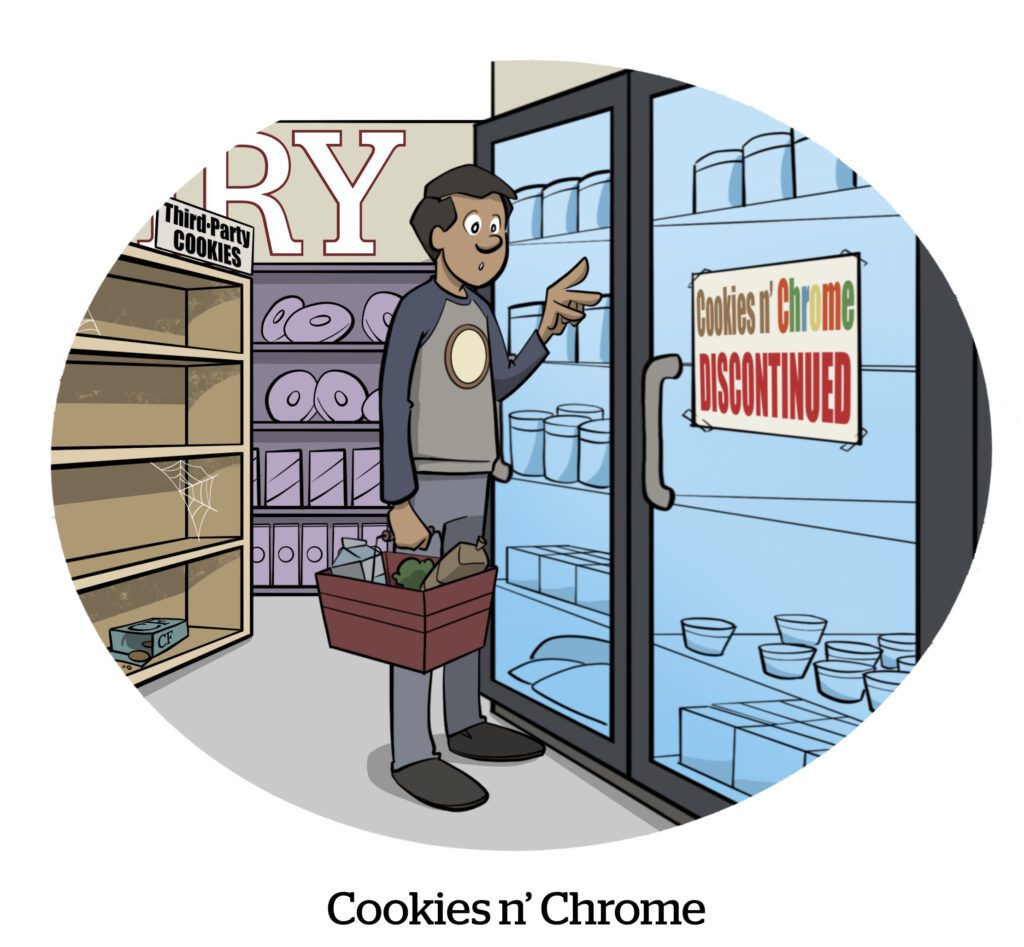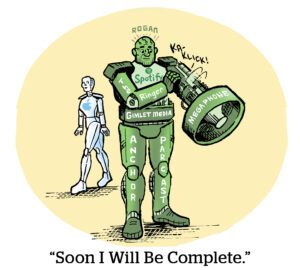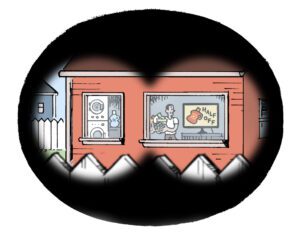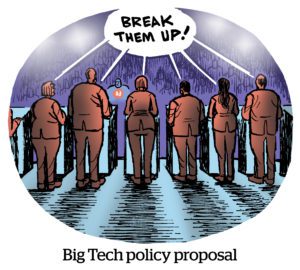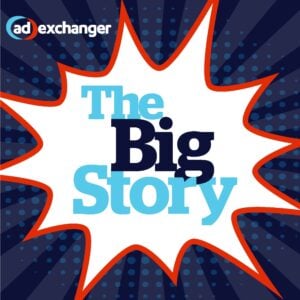Here’s today’s AdExchanger.com news round-up… Want it by email? Sign up here.
Sandbox Your Ears
The Chrome Privacy Sandbox team is stuck within a Catch-22 proposition. From Google’s perspective, these Sandbox proposals are akin to the first few stepping stones in what might someday be a passable bridge across a difficult river. But the parties Google must win over to its side aren’t easily wooed – in large part because these stepping stones don’t come close to getting them where they need to go.
One thing holding up Privacy Sandbox adoption is the focus on display units as advertisers clamor for video, CTV and other more engaging formats. (Google is evolving fenced frames to support native and video formats, which is scheduled to be finalized by 2026.) Meanwhile, the sandbox proposals also only encompass open programmatic, Adweek reports. No direct deals.
Chrome is clearly beginning with open exchange display inventory because it’s the simplest way for vendors to get started. Video ad serving is more technically complicated, with larger budgets at stake and therefore greater barriers to industry consensus.
But there’s another issue standing in the way of adoption: latency. Auctions conducted via the sandbox are slower than standard programmatic – which is a problem considering ads need to load in milliseconds. The issue of latency and compute costs should eventually ease, though, as adoption increases.
Buyers Vs. Walled Gardens
Speaking of adoption – or the lack thereof – why haven’t media buyers bought more into alternative currencies and weaned themselves of old-school TV ratings yet?
One problem is that alt currencies lack viewership data from the likes of YouTube, Netflix and Prime Video, which capture so much viewer attention. These walled gardens don’t make data available to cross-platform measurement providers – and without that data, there are no reliable ways to construct accurate ratings, writes Mike Shields in a newsletter post fittingly titled “The Race to Measurement Nowhere.”
It won’t be easy for TV ad measurement vendors to fill those measurement gaps. The broadcaster-backed joint industry committee (JIC) is working on a streaming data product that combines viewing data from CTV publishers. The problem is, once again, YouTube, Netflix and Amazon are not part of the JIC. (Not yet, at least.)
Instead, media buyers are forced to rely on traditional attribution tactics like media mix modeling (MMM) to gauge how their streaming campaigns perform within walled gardens.
Until those garden walls come down, Shields writes, expect buyers to stick with Nielsen panels and MMM.
Ball’s In Their Court
Amazon is poised to win the jump ball for the NBA’s new broadcast rights, The Athletic reports.
Hollywood players like NBCUniversal, Paramount and Warner Bros. Discovery simply can’t match Silicon Valley. Apple took the MLS and MLB. YouTube pulled off the NFL Sunday Ticket coup. Amazon already has Thursday Night Football with the NFL and, soon perhaps, an NBA package, too.
For Amazon, sports deals pull more than their weight, Fortune writes, because they attract new, high-spending advertisers. Beer and candy brands, sports betting apps and insurance companies are major TV and sports sponsors. Many aren’t endemic Amazon advertisers, though (i.e., their products and services aren’t sold on Amazon).
Amazon isn’t necessarily a major seller of huge grocery store brands, which are also top TV buyers, and Whole Foods doesn’t carry their products either.
To attract non-endemics, Amazon Ads also just announced self-service TV advertising for all buyers in the US. This news is for the other end of the TV barbell, though. Self-service advertising means no minimum fees and should help attract smaller and local businesses – another pillar of linear TV advertising that’s relatively new for Amazon.
But Wait, There’s More!
Snap lowers its garden walls to partner with VideoAmp. [Ad Age]
Teads is exploring sale options as M&A in ad tech heats up. [Digiday]
Online tracker ID5 gets into streaming video and CTV. [Marketing Brew]
Criteo expands partnership with Microsoft Advertising to bring Microsoft demand to its retailer and merchant clients. [release]
You’re Hired!
Lauren Wetzel becomes CEO of InfoSum, taking over from Brian Lesser. [release]
Influencer marketing company CreatorIQ names Chris Harrington as its next CEO. [Variety]

